NASA’s New Views of Venus’ Surface From Space
NASA’s Parker Solar Probe has taken its first visible light images of the surface of Venus from space.
Smothered in thick clouds, Venus’ surface is usually shrouded from sight. But in two recent flybys of the planet, Parker used its Wide-Field Imager, or WISPR, to image the entire nightside in wavelengths of the visible spectrum – the type of light that the human eye can see – and extending into the near-infrared.
The images, combined into a video, reveal a faint glow from the surface that shows distinctive features like continental regions, plains, and plateaus. A luminescent halo of oxygen in the atmosphere can also be seen surrounding the planet.
Link to NASA.gov feature.
Link to associated research paper.
PRODUCED VIDEO
Music credits: “Tides” and “Subsurface” by Ben Niblett [PRS] and Jon Cotton [PRS] from Universal Production Music
Complete transcript available.
Watch this video on the NASA Goddard YouTube channel.
PRODUCED VIDEO - NO CAPTIONS
VIDEO
As Parker Solar Probe flew by Venus on its fourth flyby in February 2021, its WISPR instrument captured these images, strung into a video, showing the nightside surface of the planet.
Credit: NASA/APL/NRL

GIF
As Parker Solar Probe flew by Venus on its fourth flyby in February 2021, its WISPR instrument captured these images, strung into a video, showing the nightside surface of the planet.
Credit: NASA/APL/NRL
VIDEO
WISPR images from Parker Solar Probe's fourth flyby of Venus align with topographical maps from NASA's Magallen mission. The Magellan mission mapped the surface of Venus with radar in the 1990s. The images gave the first global view of what was below Venus’ thick clouds.
Credit: NASA/APL/NRL (left), Magellan Team/JPL/USGS (right)

GIF
WISPR images from Parker Solar Probe's fourth flyby of Venus align with topographical maps from NASA's Magallen mission. The Magellan mission mapped the surface of Venus with radar in the 1990s. The images gave the first global view of what was below Venus’ thick clouds.
Credit: NASA/APL/NRL (left), Magellan Team/JPL/USGS (right)
VIDEO
This composite shows the images from Parker Solar Probe’s fourth flyby of Venus superimposed on a radar map of Venus previously taken by NASA's Magellan mission.
Credit: Magellan Team/JPL/USGS
VIDEO
On July 11, 2020, Parker Solar Probe flew by Venus during the mission's third gravity assist of the planet and captured these images using its cameras known as WISPR. WISPR images align with topographical maps from NASA's Magallen mission. The Magellan mission mapped the surface of Venus with radar in the 1990s. The images gave the first global view of what was below Venus’ thick clouds.
Credit: NASA/APL/NRL (black and white image), Magellan Team/JPL/USGS (color image)

GIF
On July 11, 2020, Parker Solar Probe flew by Venus during the mission's third gravity assist of the planet and captured these images using its cameras known as WISPR. WISPR images align with topographical maps from NASA's Magallen mission. The Magellan mission mapped the surface of Venus with radar in the 1990s. The images gave the first global view of what was below Venus’ thick clouds.
Credit: NASA/APL/NRL (black and white image), Magellan Team/JPL/USGS (color image)

IMAGE
When flying past Venus in July 2020, Parker Solar Probe’s WISPR instrument, short for Wide-field Imager for Parker Solar Probe, detected a bright rim around the edge of the planet that may be nightglow — light emitted by oxygen atoms high in the atmosphere that recombine into molecules in the nightside. The prominent dark feature in the center of the image is Aphrodite Terra, the largest highland region on the Venusian surface. Bright streaks in WISPR, such as the ones seen here, are typically caused by a combination of charged particles — called cosmic rays — sunlight reflected by grains of space dust, and particles of material expelled from the spacecraft’s structures after impact with those dust grains. The number of streaks varies along the orbit or when the spacecraft is traveling at different speeds, and scientists are still in discussion about the specific origins of the streaks here. The dark spot appearing on the lower portion of Venus is an artifact from the WISPR instrument.
Credit: NASA/APL/NRL

IMAGE
The Magellan mission mapped the surface of Venus with radar in the 1990s. The images gave the first global view of what was below Venus’ thick clouds. This radar image aligns with the surface features seen on WISPR images captured by Parker Solar Probe during its third flyby of the planet in July 2020.
Credit: Magellan Team/JPL/USGS

IMAGE
The first visible light images of Venus were taken by the Soviet Union’s Venera program when spacecraft landed on the planet’s surface in the 1970s and 1980s. This image was captured by the Venera 9 and 10 spacecraft.
Credit: NASA/NSSDCA/Courtesy of the USSR

IMAGE
The first visible light images of Venus were taken by the Soviet Union’s Venera program when spacecraft landed on the planet’s surface in the 1970s and 1980s. This image was captured by the Venera 13 spacecraft.
Credit: NASA/NSSDCA/Courtesy of the USSR

IMAGE
The first visible light images of Venus were taken by the Soviet Union’s Venera program when spacecraft landed on the planet’s surface in the 1970s and 1980s. This image was captured by the left camera on the Venera 13 spacecraft.
Credit: NASA/NSSDCA/Courtesy of the USSR

IMAGE
The first visible light images of Venus were taken by the Soviet Union’s Venera program when spacecraft landed on the planet’s surface in the 1970s and 1980s. This image was captured by the right camera on the Venera 13 spacecraft.
Credit: NASA/NSSDCA/Courtesy of the USSR

IMAGE
The first visible light images of Venus were taken by the Soviet Union’s Venera program when spacecraft landed on the planet’s surface in the 1970s and 1980s. This image was captured by the Venera 14 spacecraft.
Credit: NASA/NSSDCA/Courtesy of the USSR
For More Information
See the following sources:
Credits
Please give credit for this item to:
NASA's Goddard Space Flight Center
-
Scientists
- Giada Arney (NASA)
- Brendan Gallagher (NRL)
- Angelos Vourlidas (Johns Hopkins University/APL)
- Brian E. Wood (U.S. Naval Research Laboratory)
- Phillip Hess (U.S. Naval Research Laboratory)
-
Producer
- Joy Ng (KBR Wyle Services, LLC)
-
Writer
- Mara Johnson-Groh (Wyle Information Systems)
-
Animator
- Steve Gribben (Johns Hopkins University/APL)
-
Technical support
- Aaron E. Lepsch (ADNET Systems, Inc.)
Release date
This page was originally published on Wednesday, February 9, 2022.
This page was last updated on Thursday, January 2, 2025 at 12:39 PM EST.

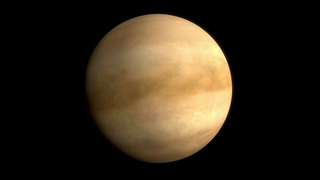
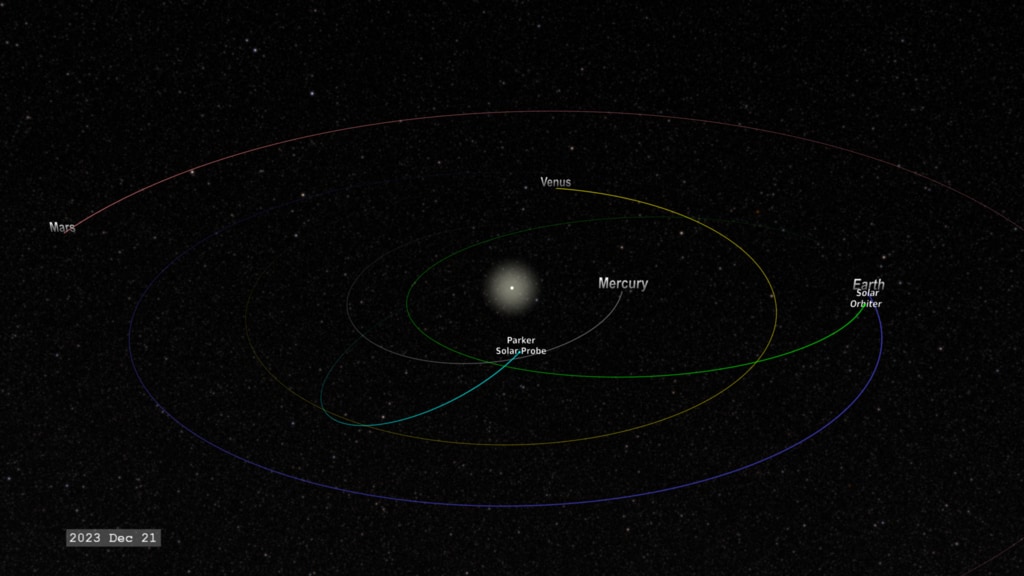





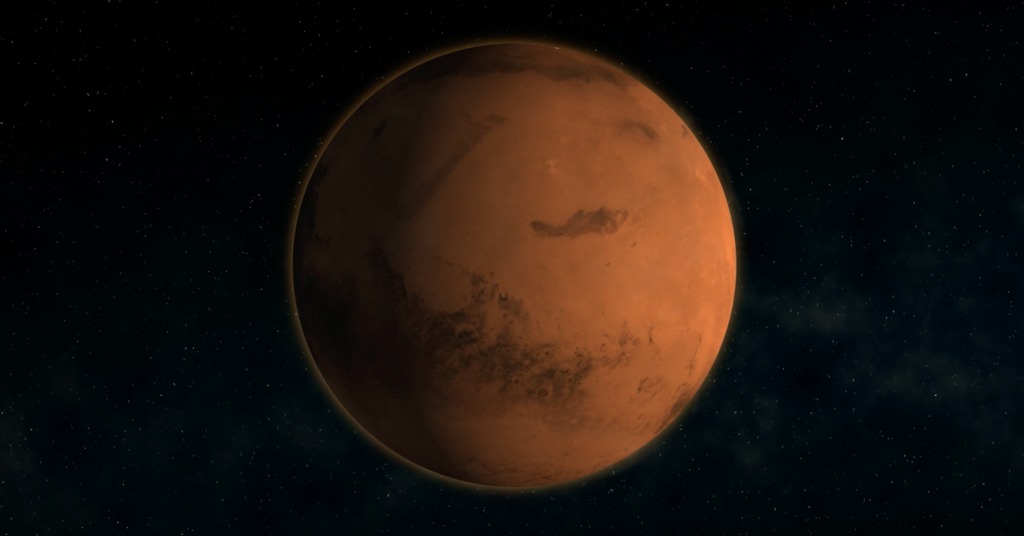
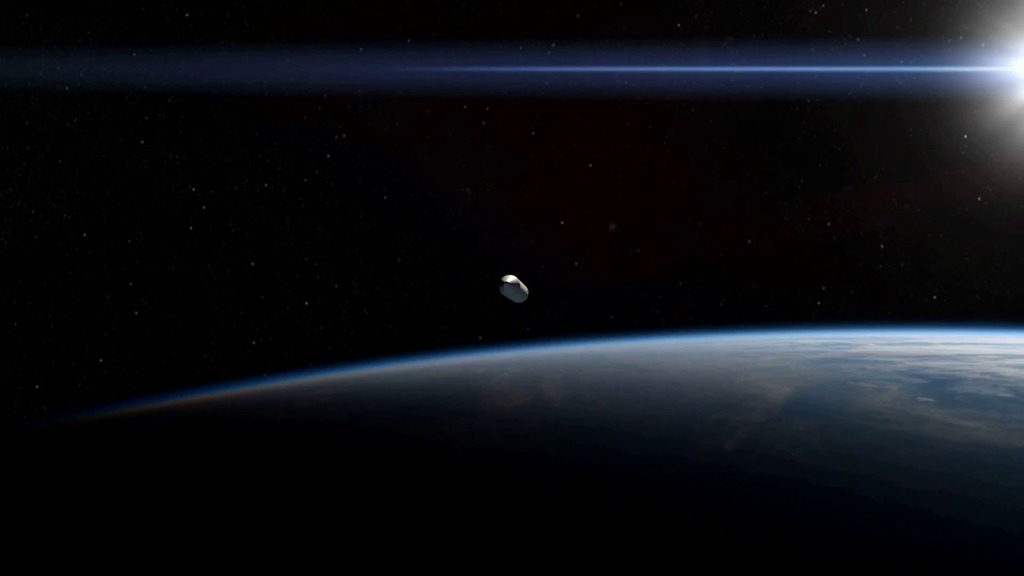
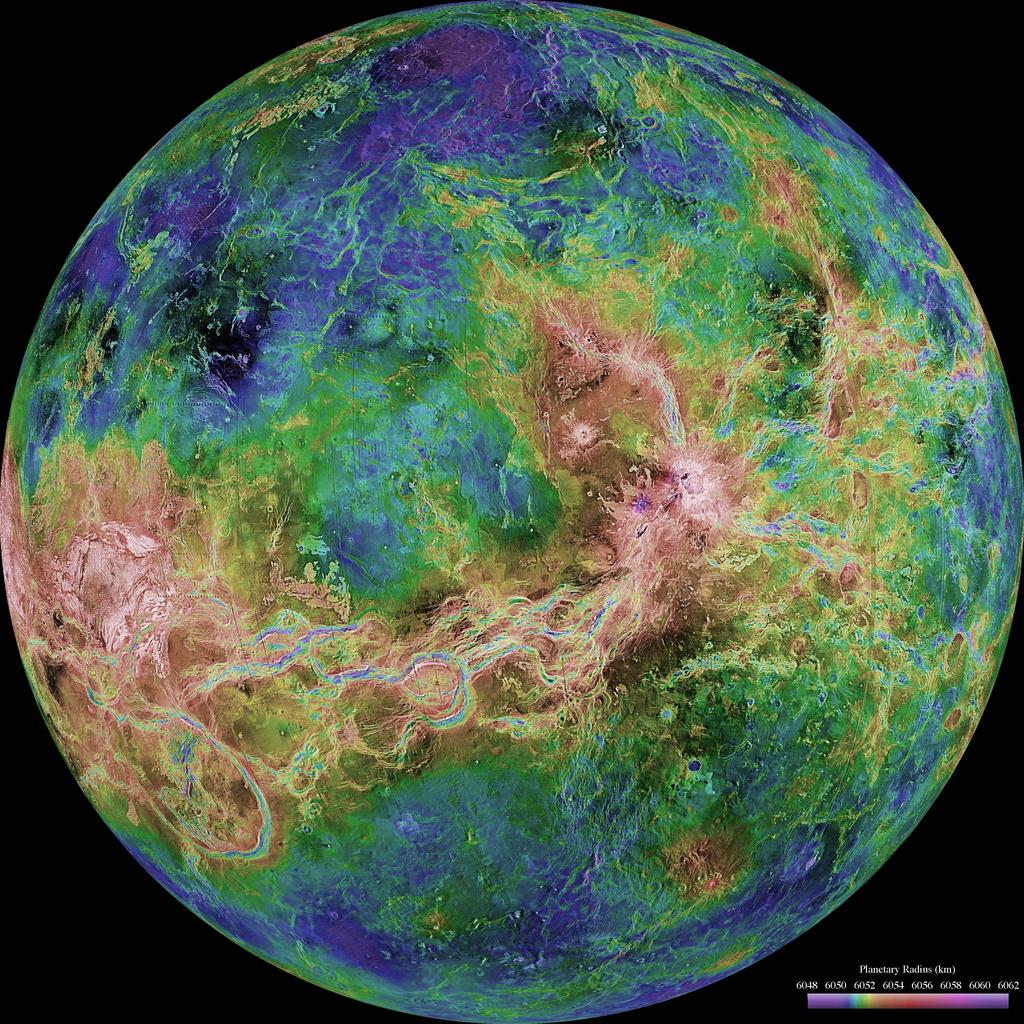
![Music Credits: “Swirling Blizzard” by Laurent Dury [SACEM], “Sparkle Shimmer” by William Henries [PRS] and Michael Holborn [PRS] from Universal Production Music
Additional footage from:
Science@NASA:
https://science.nasa.gov/science-news/news-articles/on-the-cusp-of-understanding
JPL:
https://www.youtube.com/watch?v=DMZ5WFRbSTc
Johns Hopkins University Applied Physics Lab:
https://messenger.jhuapl.edu/](/vis/a010000/a014100/a014123/MESSENGER_ULF_waves_YouTube.00030_print.jpg)